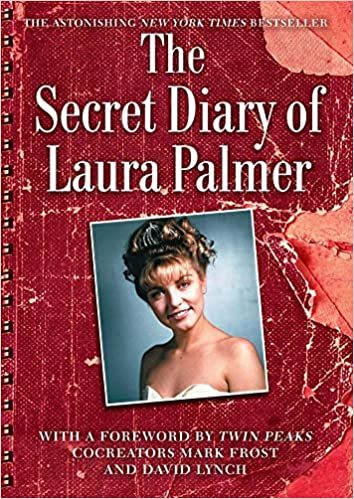I can’t be the only one who sat down to do the Twin Peaks re-watch in the last year of reduced social time. With museums and galleries closed, it was a good time to revisit stuff I hadn’t read or watched in years and I made the most of it — but returning to Twin Peaks was the most fun of all. I hadn’t seen the series in more than 15 years and it all came rushing back. Twin Peaks first aired in April 1990, and gained a devoted cult following globally. With more than 30 years under its belt, looking back on its institutional flaws is also necessary. The series cut new ground in the horror and mystery genres, but it suffered from a similar lack of diversity as many other much-lauded titles. The writing which has emerged from Twin Peaks similarly lacks diverse voices, with magazines and books mostly written by white men. With the airing of Twin Peaks: The Return in 2017, women’s voices in particular have gained ground in conversations about the show. With February 23 marking the date when Laura Palmer was last seen alive, let’s take a look at the paper world of Twin Peaks: the books and magazines that expand Lynch’s creation beyond the screen.













